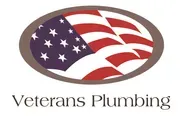Hard Water Solutions: Top Reasons to Install a Water Softener in Boise
If you're tired of dealing with the drawbacks of hard water in Boise—from limescale buildup that damages your appliances to dry skin and hair—it's time to consider installing a water softener. In this post, we'll explore not only why a water softener is an essential addition to your Boise home but also how to tackle installation, common issues, and maintenance to ensure optimal performance and longevity. Whether you're considering a DIY project or thinking about hiring professionals, we've got you covered with practical advice tailored for Boise homeowners.
DIY Water Softener Installation vs. Professional Installation in Boise
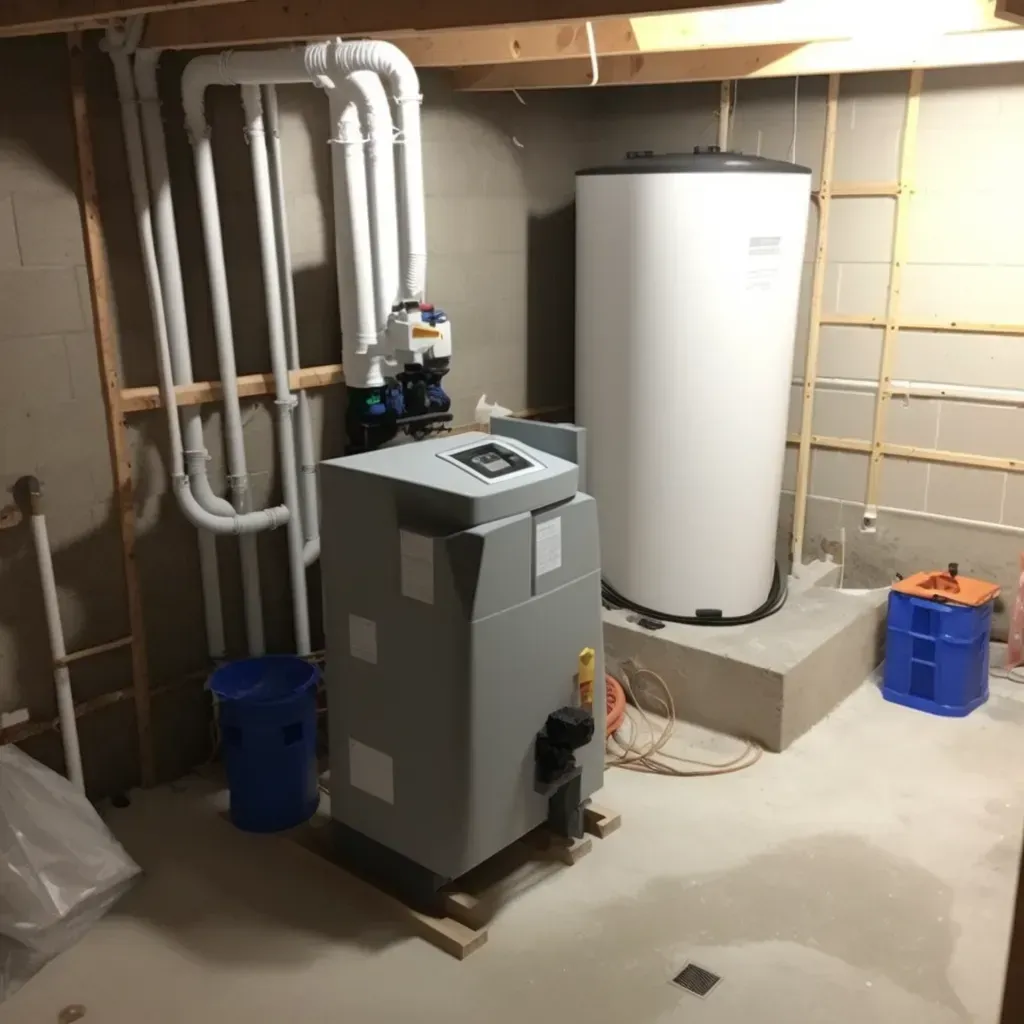
Deciding between DIY and professional installation of a water softener in Boise boils down to understanding the complexity and benefits of each approach. DIY installation can be more cost-effective and offers a great learning experience. It typically involves choosing the right unit, understanding the plumbing system, and being prepared with the necessary tools and safety measures. However, it requires a solid grasp of plumbing and confidence in handling potential complications.
On the other hand, professional installation guarantees expertise and efficiency. Certified professionals can ensure that the system is correctly sized and optimally installed, which can extend the lifespan of the unit. They can also navigate Boise's specific plumbing codes and requirements. While this option might be more costly upfront, the peace of mind and potential savings on future repairs make it a worthwhile investment for many homeowners.
Common Water Softener Issues and Troubleshooting Tips for Boise Homeowners
Living in Boise, you might encounter a few common issues with your water softener, which can often be resolved with some basic troubleshooting. Here are a few typical problems and their solutions:
- Salt Bridges: A salt bridge occurs when a hard crust forms in the brine tank, creating a gap between the water and the salt, which prevents the softener from functioning properly. This can be caused by high humidity or using the wrong type of salt. To fix it, carefully break the bridge with a long stick or broom handle.
- Resin Beads Clogging: Over time, resin beads may degrade and clog the system. If your water softener is not as effective or you notice sand-like particles in your water, the resin beads might need replacing. This is more complex and might require professional assistance.
- Motor Failures: Motors can fail due to electrical issues or wear and tear. If your water softener stops working entirely, check for any blown fuses or tripped breakers. If the motor has burnt out, it will need to be replaced by a professional.
Regular checks and maintenance can prevent or quickly resolve these issues, keeping your water softener in top condition.
Preparing Your Boise Home for Water Softener Installation
Preparing your Boise home for water softener installation is a crucial step to ensure the process is smooth and effective. Start by identifying the ideal location for your water softener. It should be somewhere easily accessible for maintenance, close to the main water supply line, and near a drain for any discharge or overflow. A garage or basement often serves well for this purpose.
Next, assess your plumbing. Older homes in Boise might need some adjustments or updates to accommodate modern water softeners. You might consider consulting with a professional plumber to evaluate your current system and suggest any necessary modifications. This is particularly important to ensure compliance with local plumbing codes and regulations.
Before the installation day, clear the chosen area of any debris or obstructions. This not only makes the workspace accessible for the installer but also speeds up the process. Additionally, verify that there's a nearby electrical outlet to power the water softener unit, as most models require an electrical connection for the control mechanism.
By taking these preparatory steps, you're not just facilitating a quicker installation but also helping prevent future issues, ensuring your water softener works efficiently from the start.
Maintaining Your Boise Water Softener: Tips and Best Practices
To ensure your water softener continues to provide high-quality, soft water for your Boise home, regular maintenance is crucial. Here are some tips and best practices to keep your system running smoothly:
- Regular Salt Refills: Keep the salt levels appropriate in the brine tank, usually at least half full but no more than two-thirds. Use the type of salt recommended by the manufacturer, typically either solar or pellet salt.
- Clean the Brine Tank Annually: Even if your water softener operates efficiently, cleaning the brine tank yearly will help to eliminate salt build-up and debris that could affect performance.
- Resin Bed Rejuvenation: Rejuvenate the resin bed by adding water softener cleaner to the brine tank every few months, or as directed by your model's guide. This will clean the resin beads that trade hard ions with soft ions.
- Check for Leaks and Hose Wear: Regularly inspect hoses and connections for signs of wear or leaks. Early detection can prevent more significant issues and potential damage to your home.
By adhering to these maintenance steps, you can prolong the life of your water softener, maintain its efficiency, and ensure it provides the maximum benefit to your Boise home.
This structured approach not only outlines the critical aspects of managing a water softener in Boise but also empowers you with the knowledge to handle installation, troubleshoot issues, and maintain the system effectively.
Blog
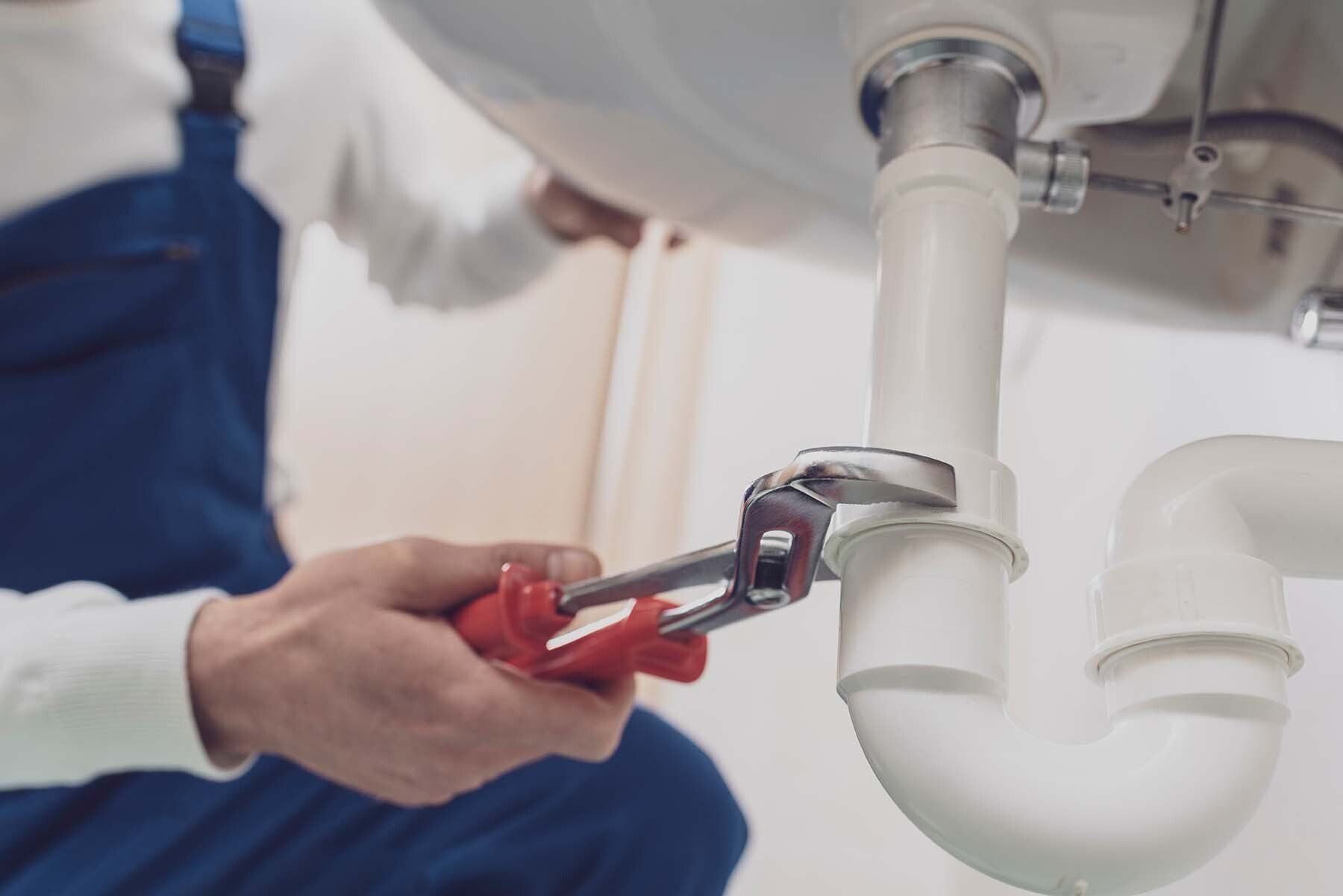
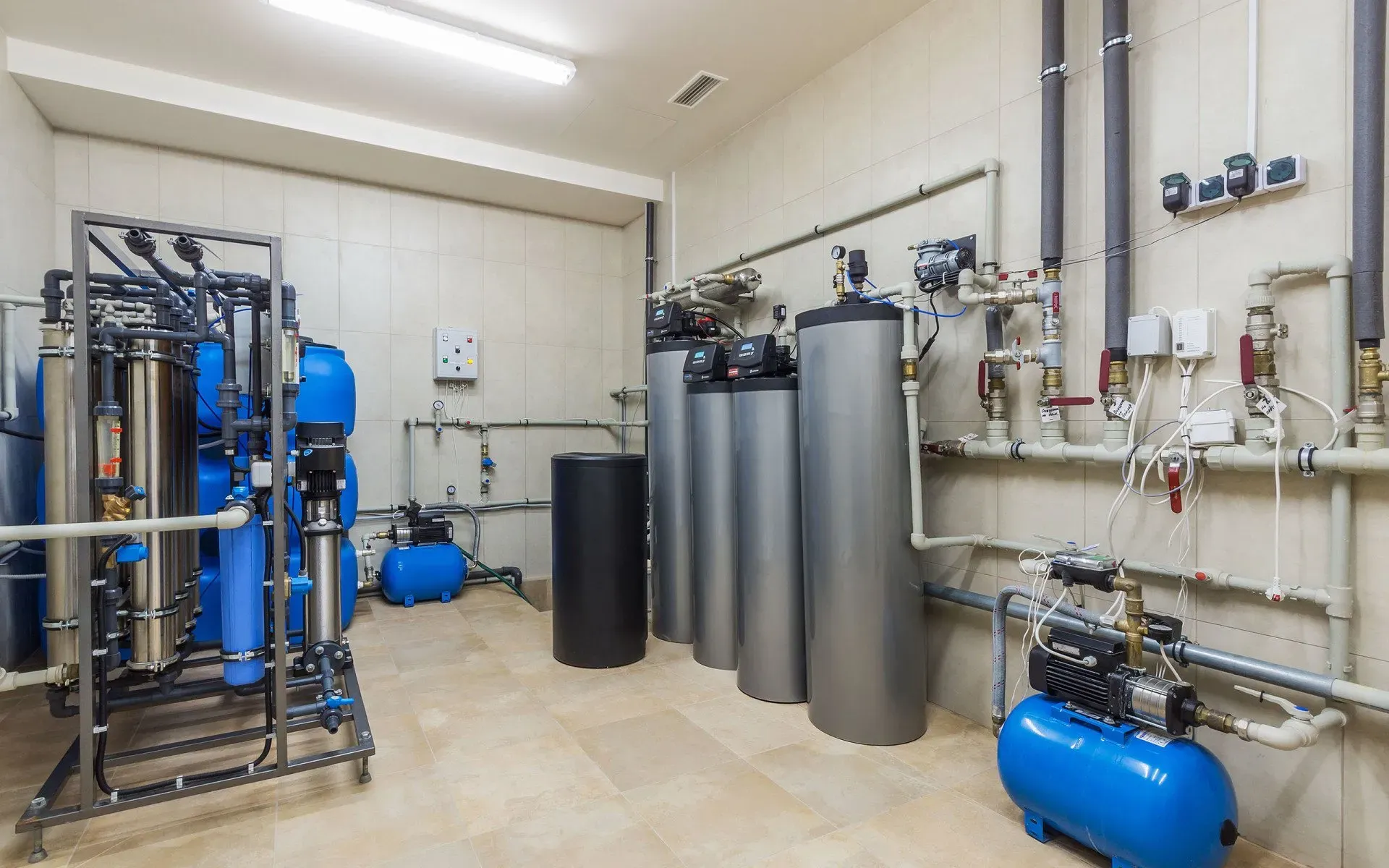
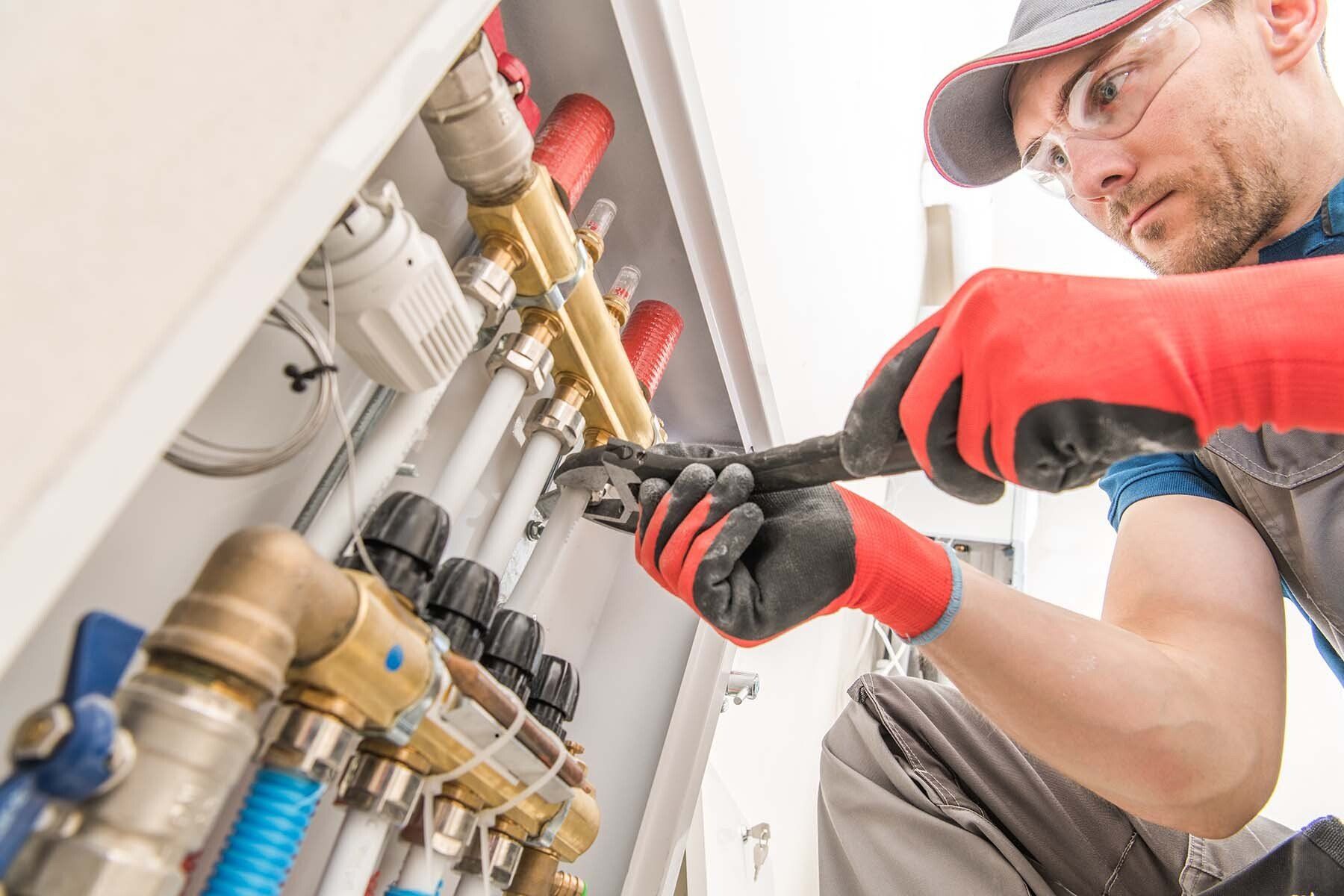
Book a Service Today
For more info on water softeners, water heaters and tankless water heaters Idaho Residents need, contact us today.
